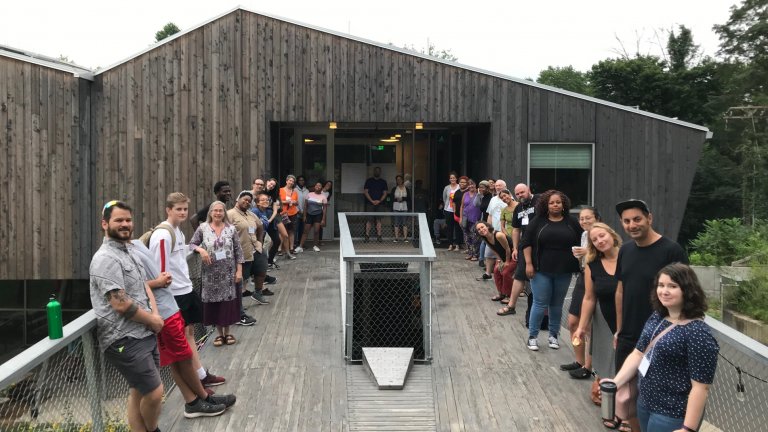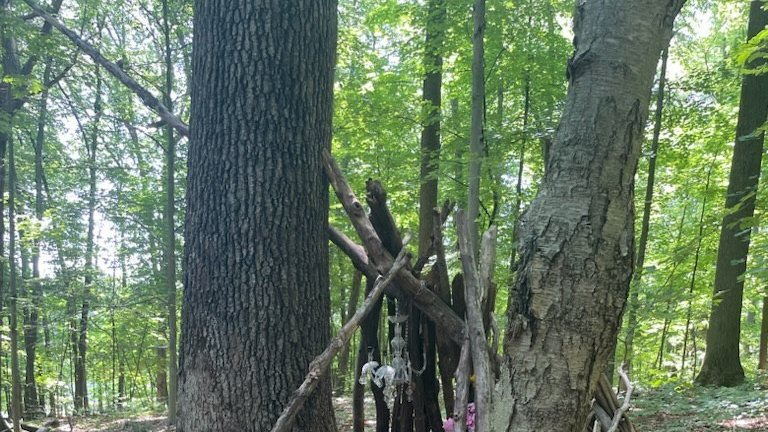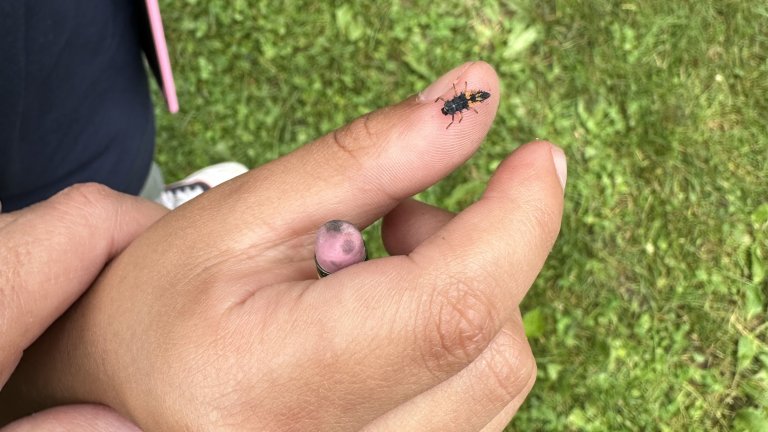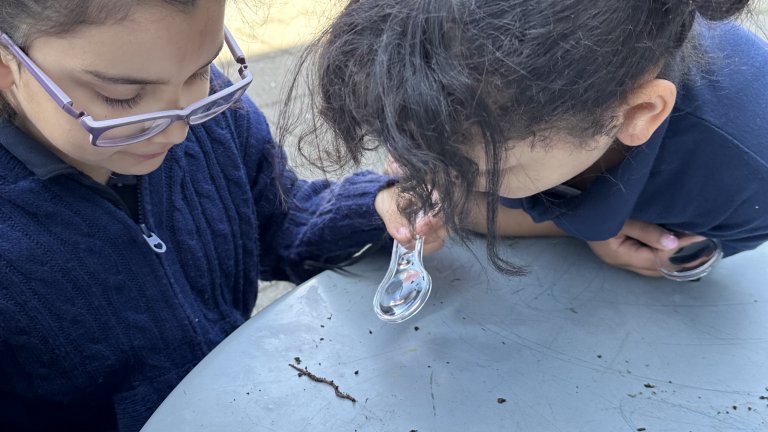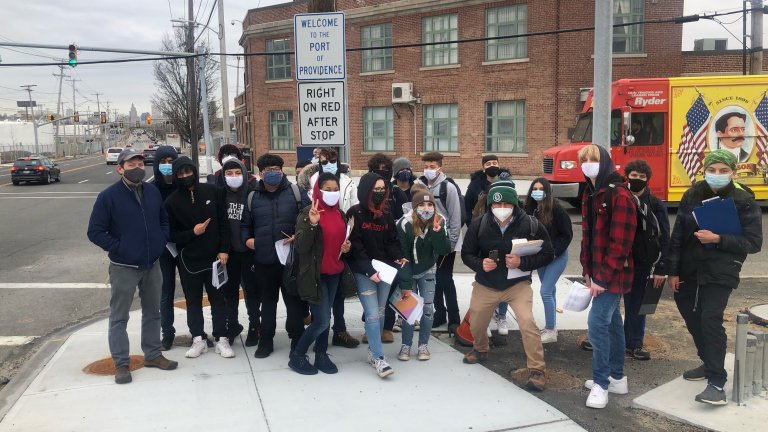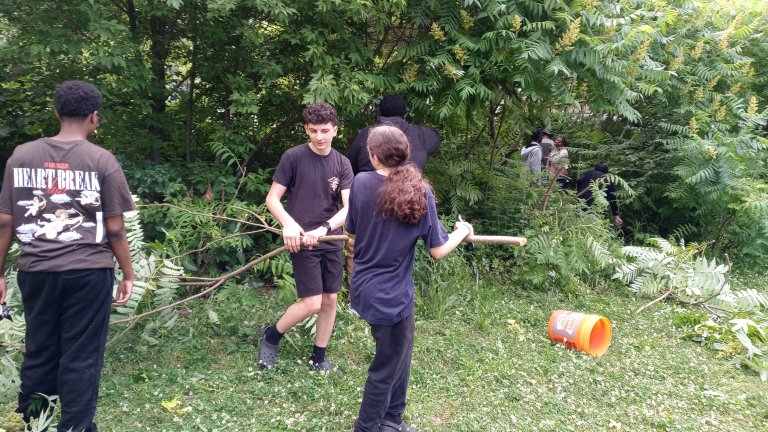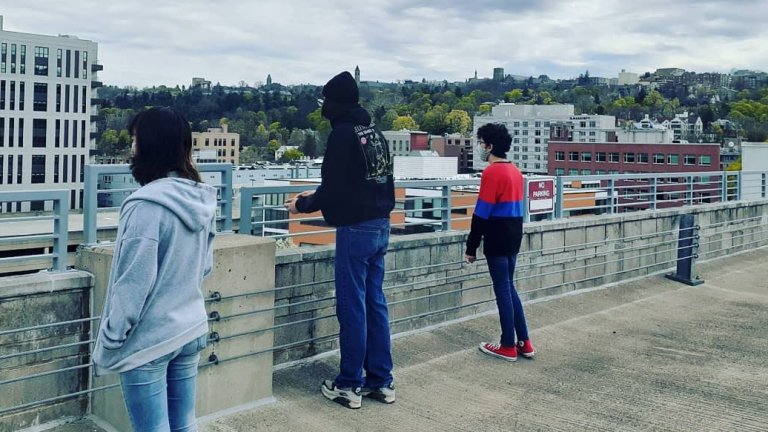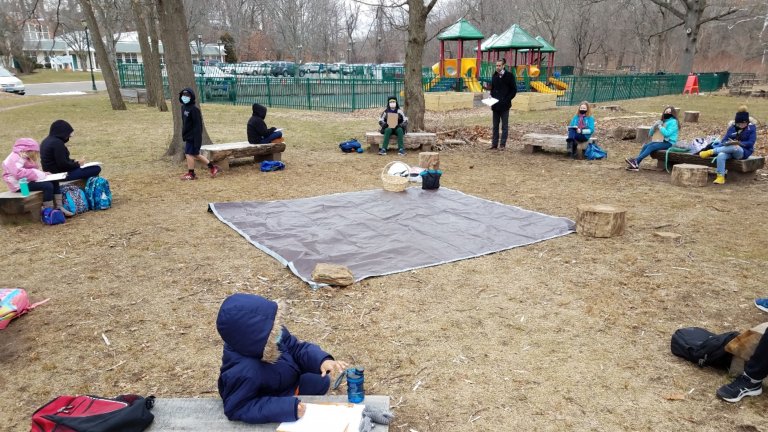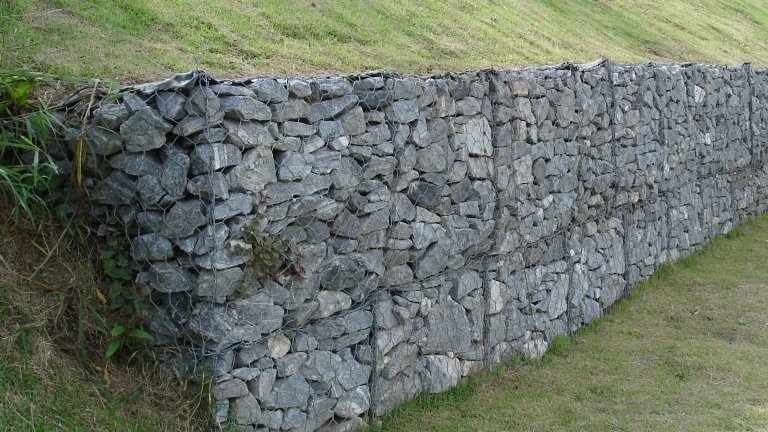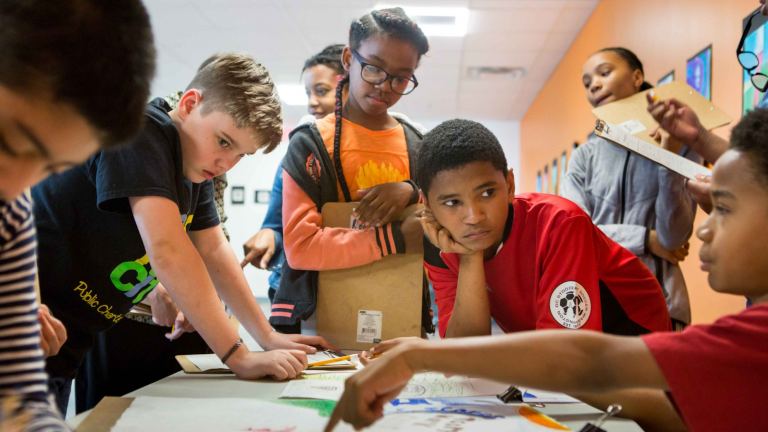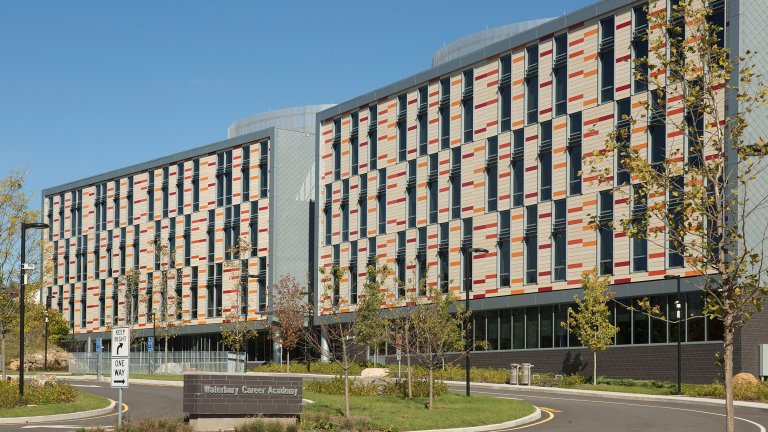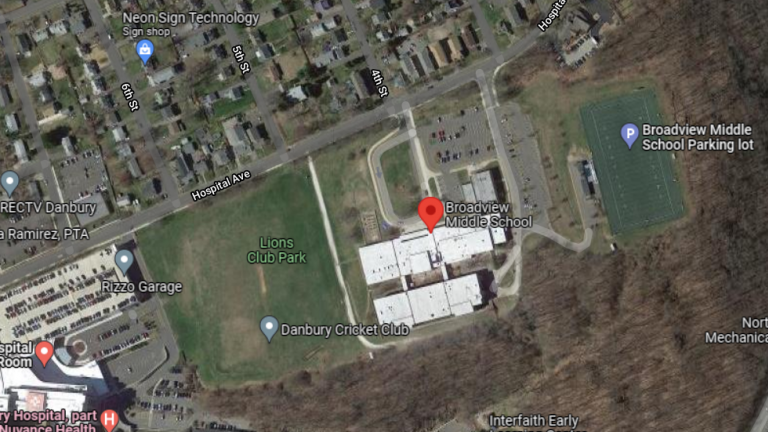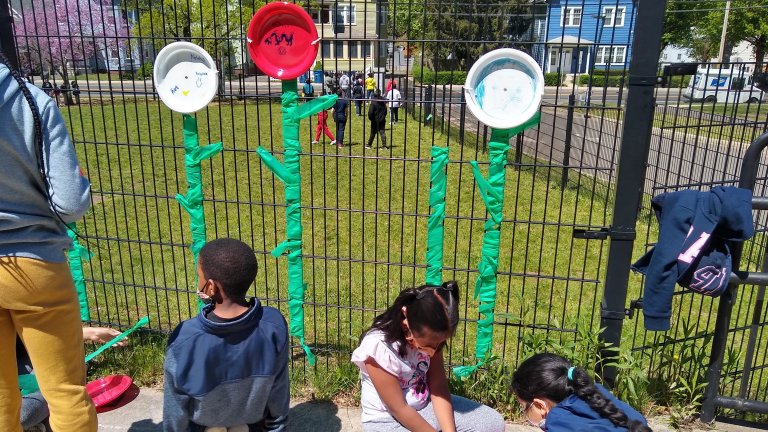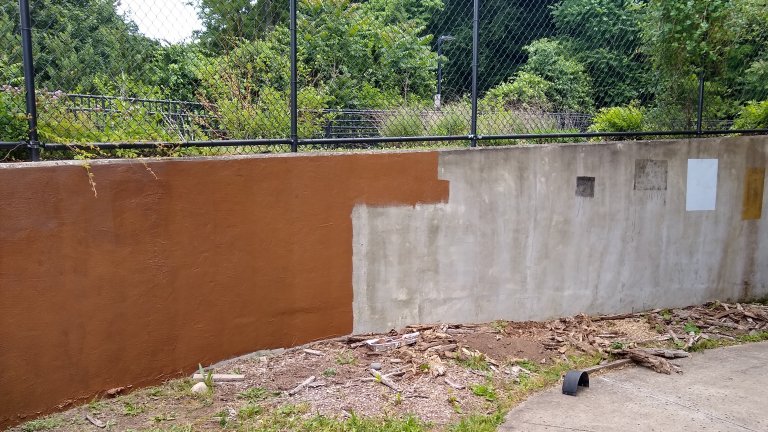A Joint Effort of Common Ground's Schoolyards Program, Teaching Our Cities, and Urban Public K-12 Schools Across the Northeast
- What does it look like when students' learning is rooted in the urban ENVIRONMENT -- in the schoolyards and neighborhoods that surround our urban public schools?
- As they explore the local environment, how do we hold students to high EXPECTATIONS -- leading to mastery of challenging academic standards?
- What are the EXHIBITIONS -- real products, performances, and work for real audiences -- that help students stretch toward and reach these high expectations?
- What EXPERIENCES -- in the urban environment and in the classroom -- scaffold students' progress toward these expectations and exhibitions?
Below, you can explore answers to these questions -- a collection of projects, developed by educators at urban public schools serving grades K-12, all rooted in urban environmental issues and helping students grow into powerful environmental stewards. These projects were developed and documented between 2019 and 2021, with support from Teaching Our Cities and Common Ground's Schoolyards Program. Support from the Environmental Protection Agency allowed teams from these schools to work together, learn from each other, and expand the ways they use their schoolyards and cities as extensions of their classrooms. Thanks also to Audubon Connecticut, the Green Schools National Network, Akiima Price, and Solar One for their contributions to this project.

